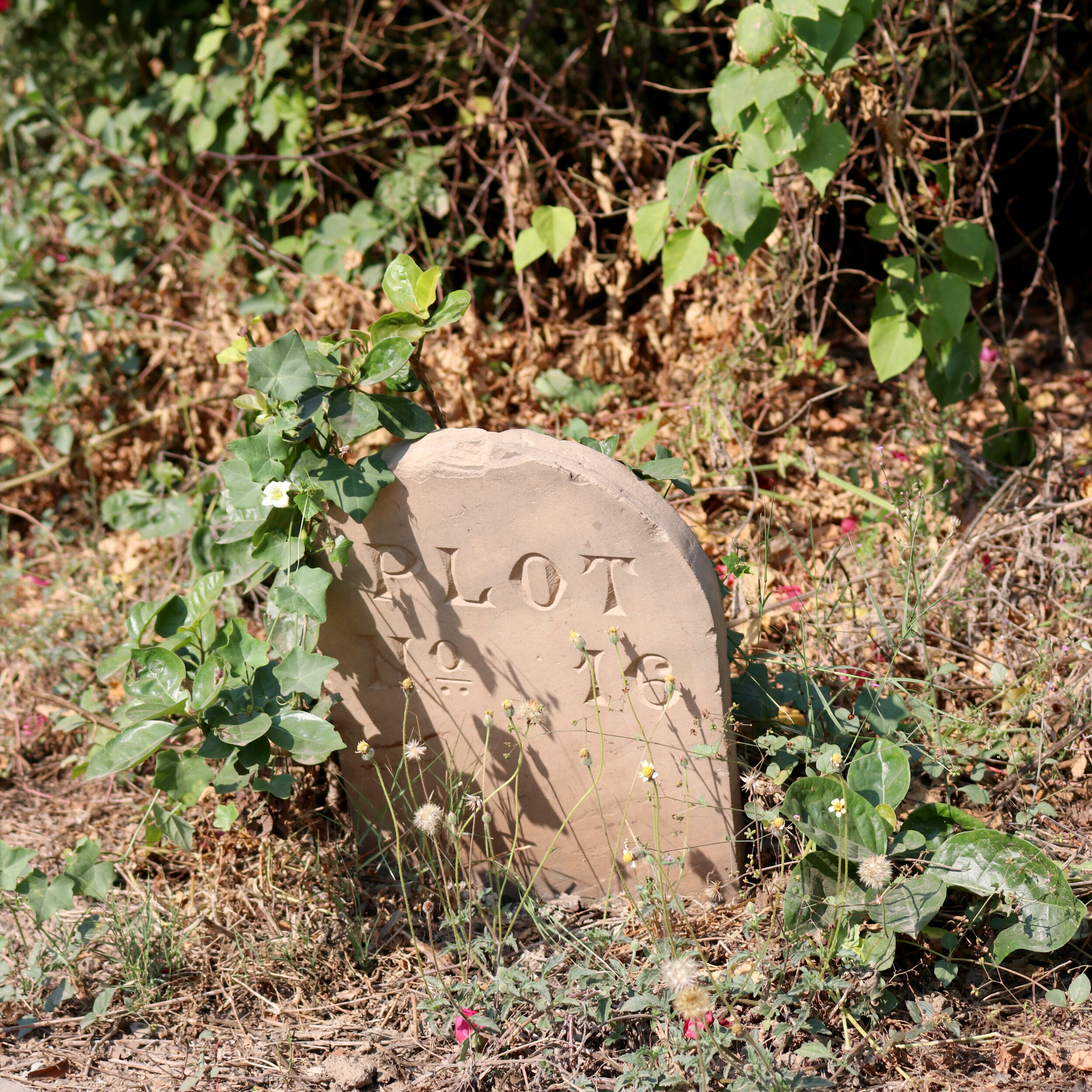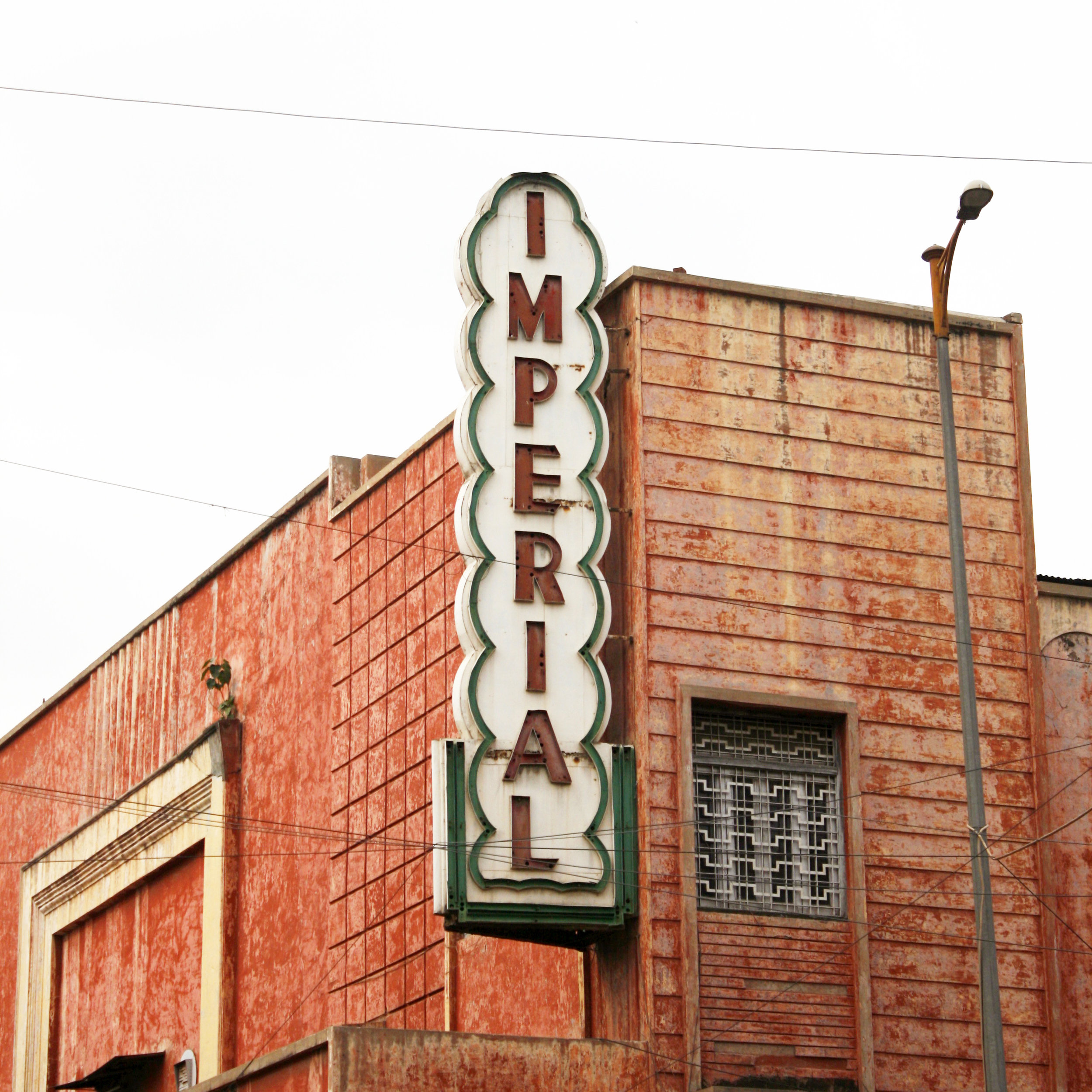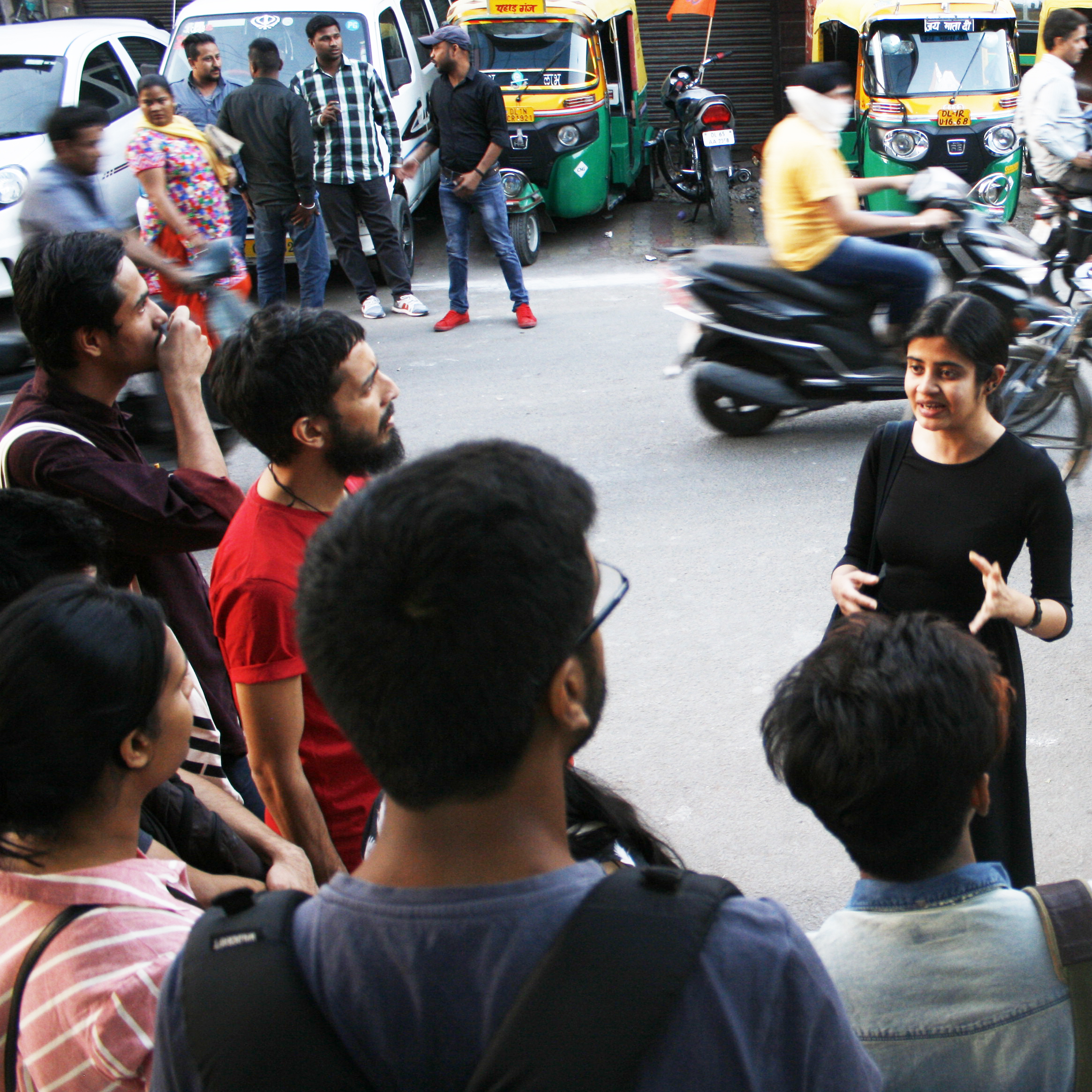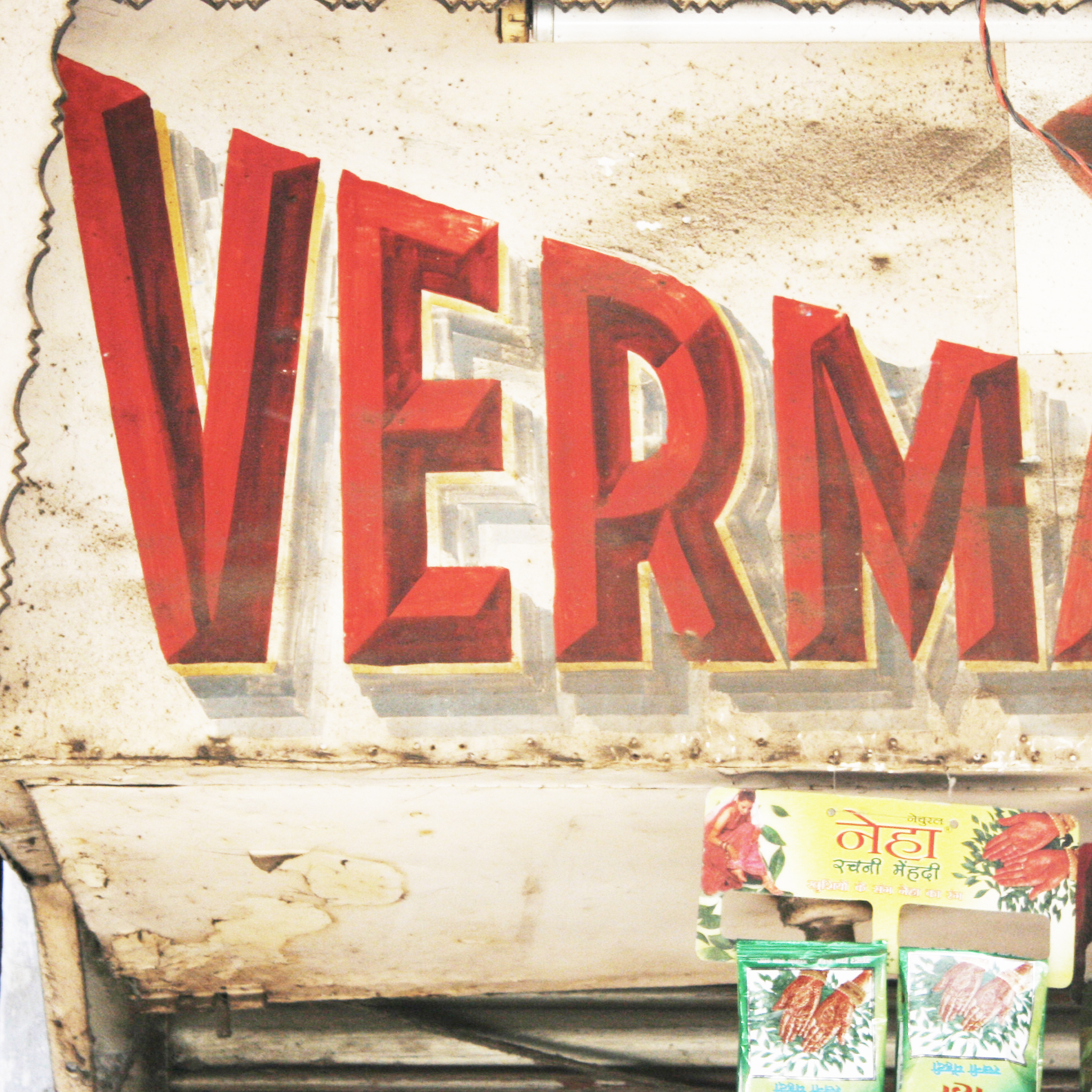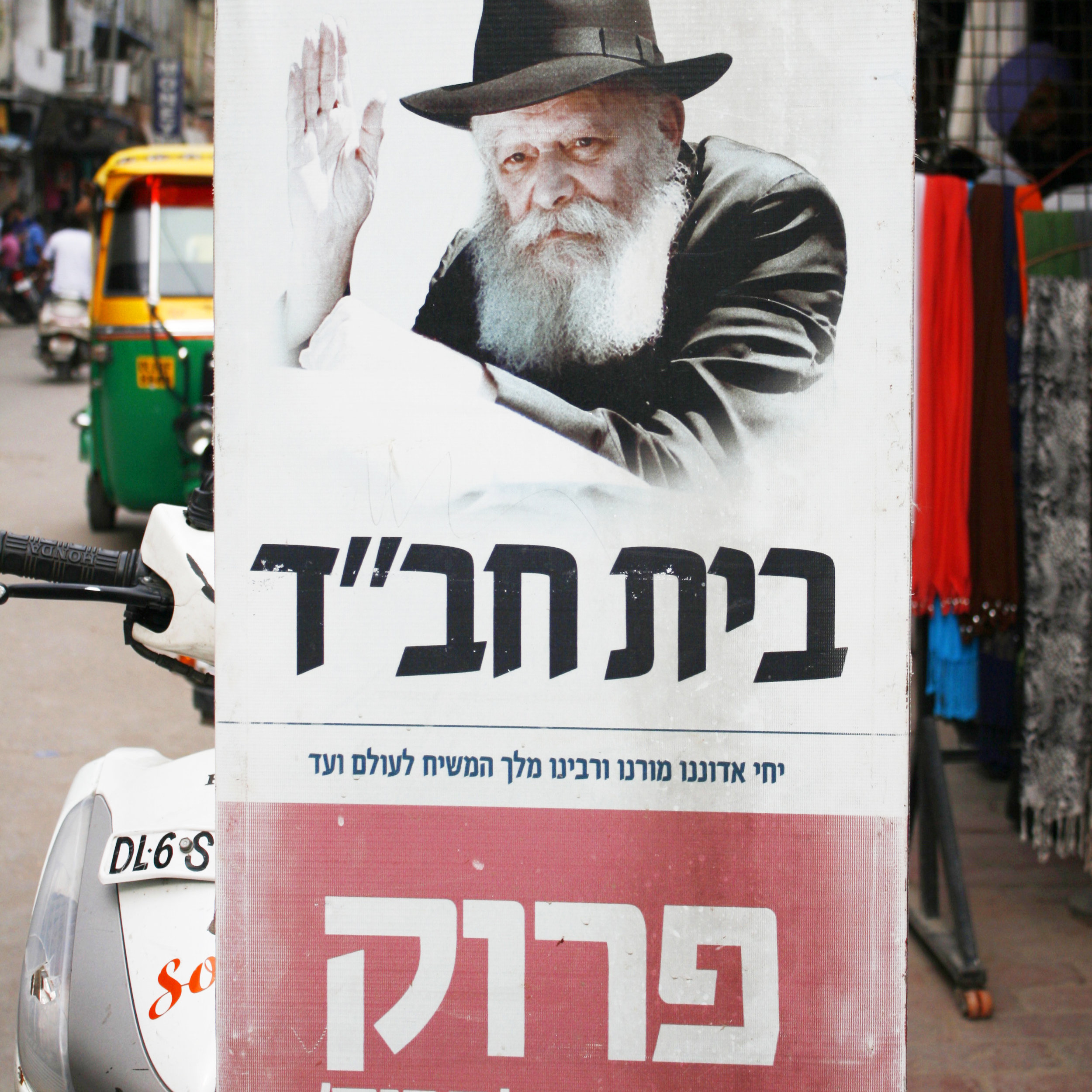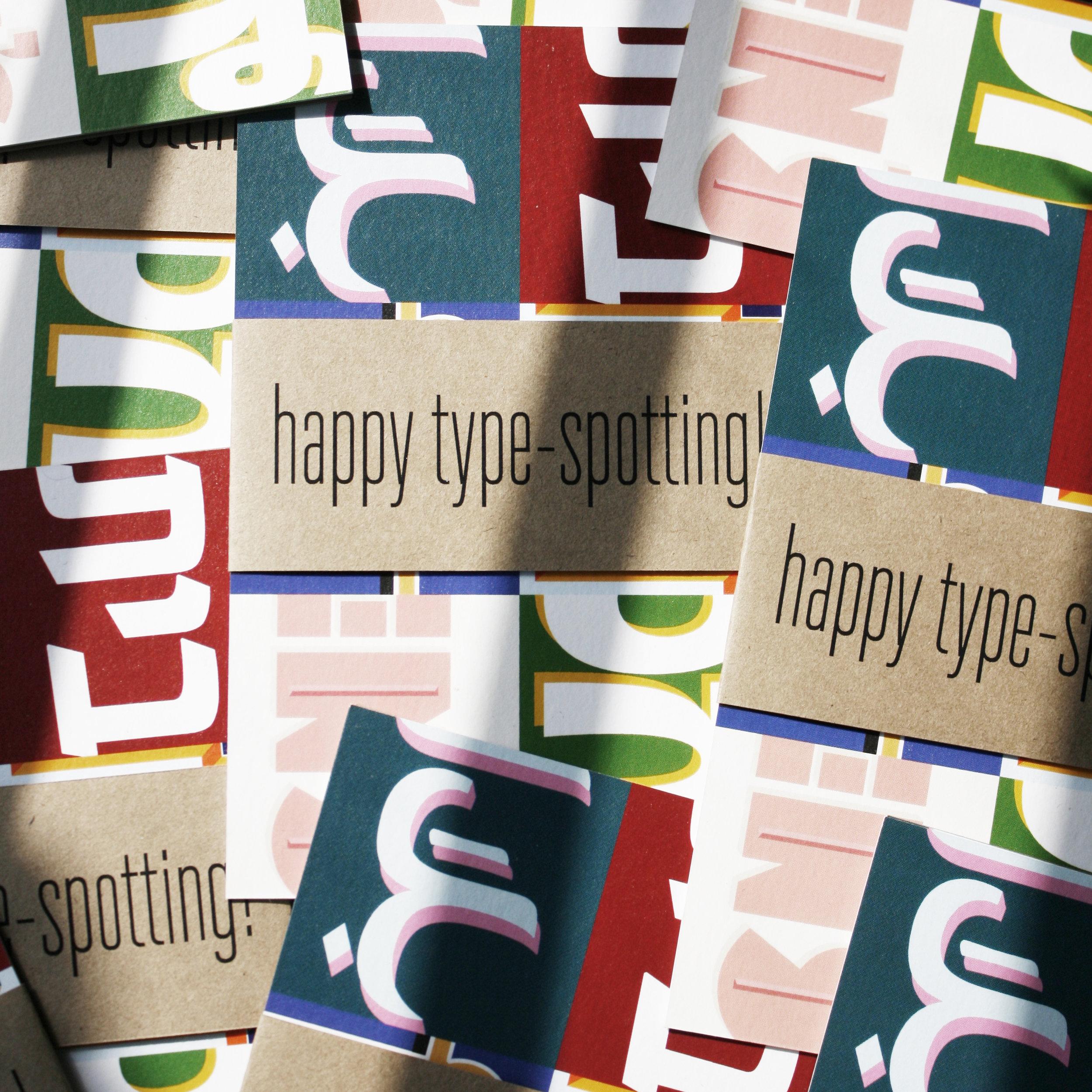Type walks are a unique opportunity to look at our cities through a typographic lens, learn about the languages and scripts in our public spaces, and appreciate the work of local sign-makers.
Since 2017, Pooja has been conducting guided typographic tours in Delhi and Bangalore that re-acquaint participants with their neighbourhoods from the vantage point of signage and letterforms. These walks are an excellent way for designers and non-designers alike to learn about how typography and lettering in public spaces shape our experience of them, and how they are, themselves, a product of social, cultural, even legal developments. For news on upcoming walks, subscribe to her newsletter.
These walks are one of many ways, including self-published zines, that Pooja uses to share her learnings from documenting street lettering in India for over a decade.
To learn more about what goes into preparing these walks, and the motivations behind them, listen to Pooja talk about them with Tanya George at TypeWknd 2020.
SELECTED PRESS
WALK HIGHLIGHTS
Men of Faith, Letters of Commerce: A Typographic Tour of M.G. Road
Bangalore / June 2023 / Bangalore International Centre
Using the signs and landmarks of M.G. Road as provocation, Pooja talked about the myriad letterforms on display on shop and building fronts — from fast disappearing neon signs to ubiquitous sans serifs and multiscript branding — and discuss their historical and cultural legacies. Together with that, she reminded participants of snapshots of printing history and initiatives driven by colonial missionaries whose presence is still felt at M.G. Road.
M.G. Road Type Walk
Bangalore / November 2019 / OwnPath
With stores that date back over a century, the erstwhile South Parade has a wealth of signs that help us see how the typographic character of Bangalore is changing. From photographers to newspaper publishers, banks to saree emporia, restaurants to bookshops – the wealth of signs in a striking variety of materials are a visual treat, which is easily missed in the cacophony of this busy market street. In this type walk, Pooja helped participants explore neighbourhood anew, see its multilingual signs in a whole new light, and discuss the beginnings of missionary-led printing in the city.
Nicholson Cemetry Type Walk
New Delhi / December 2018
In this walk, participants took a stroll in Delhi’s Nicholson Cemetery to look at some of the oldest Latin letters to be seen in the city: ranging in styles from blackletter to grotesque to tuscan, some of them dating back almost two centuries. As the group spotted letters on gravestones, Pooja talked about the stories of the typographic styles, as well as the stories of those who are buried here. The protagonists, among others, include John Nicholson, on whom the cemetery is named; American founding father, Benjamin Franklin; and of course, the man who introduced moveable type to Europe, Johaness Gutenburg. This walk is a unique way to learn about the history of the letterforms we see everyday, and discover how deeply intertwined they are with the important events in world history. (Illustration above by Sarthak Sinha)
Paharganj Type Walk & Show and Tell
New Delhi / 2018 / Airbnb Experience
The route of this walk followed one of the main market streets in Paharganj, a neighbourhood that has existed since the Mughal era and dates back to the early eighteenth century. The group started and finished at two important landmarks built during the twilight of British rule in India: the Imperial theatre on one end, and New Delhi Railway Station on the other. Participants played a game of bingo to spot different styles of hand-painted signs, and were introduced to all the Indian and foreign scripts they encounter — over a dozen in total. As the sun set on Delhi, they got a chance to see scores of neon signs light up the market, learn about the history and science behind neon signs, and discuss their place in pop culture. The walk was complemented with a show-and-tell of books about Indian scripts, vernacular lettering and sign painting.
Paharganj Typography and Signage Walk
New Delhi / November 2017 / Delhi Walk Festival
This walk was put together as part of the Delhi Walk Festival, a celebration of the city’s culture and quirks through a series of specialized walks, to help city locals see this historic neighbourhood not just as busy market full of tourists, but as a place with a distinct typographic personality that can re-acquaint them with the city’s history and culture.





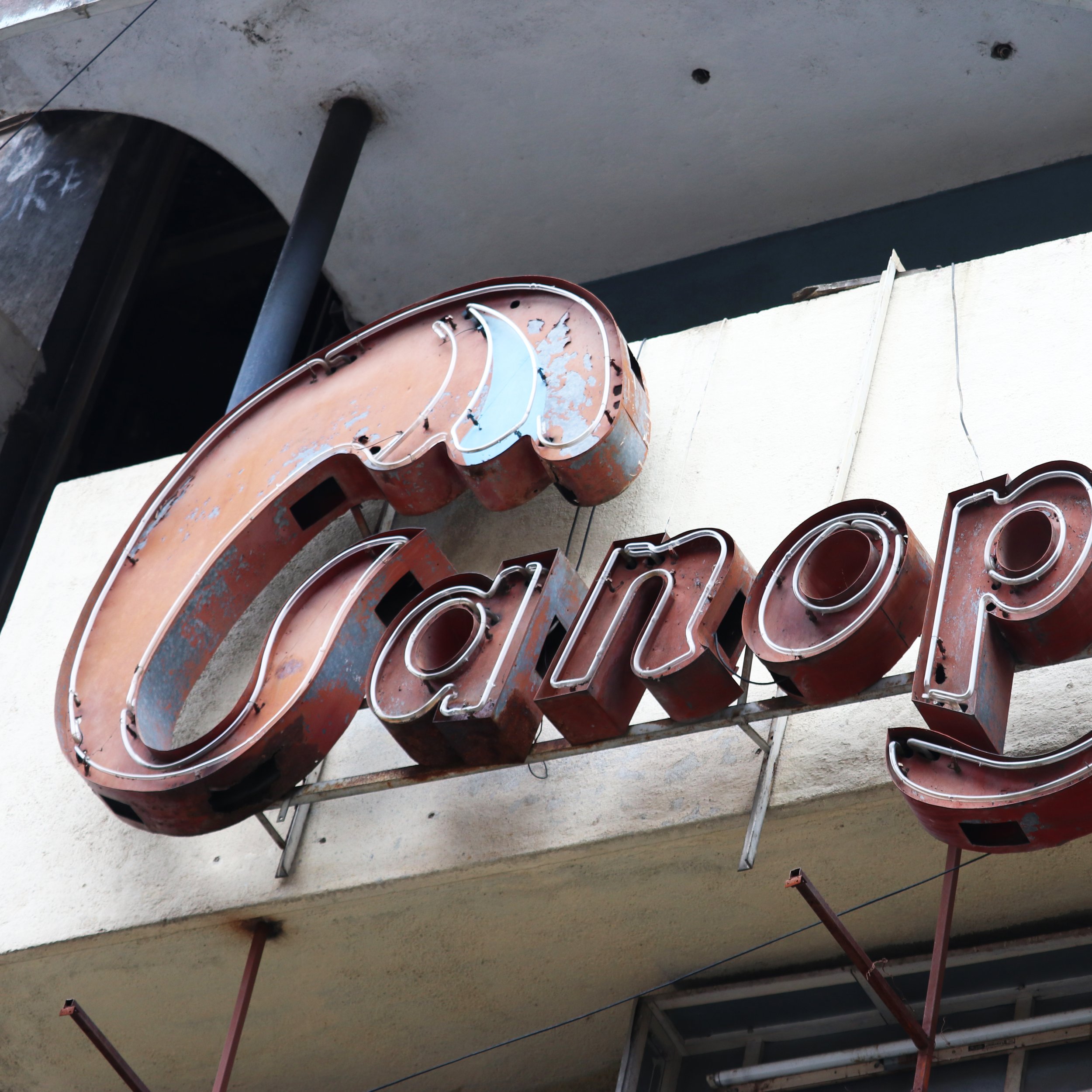

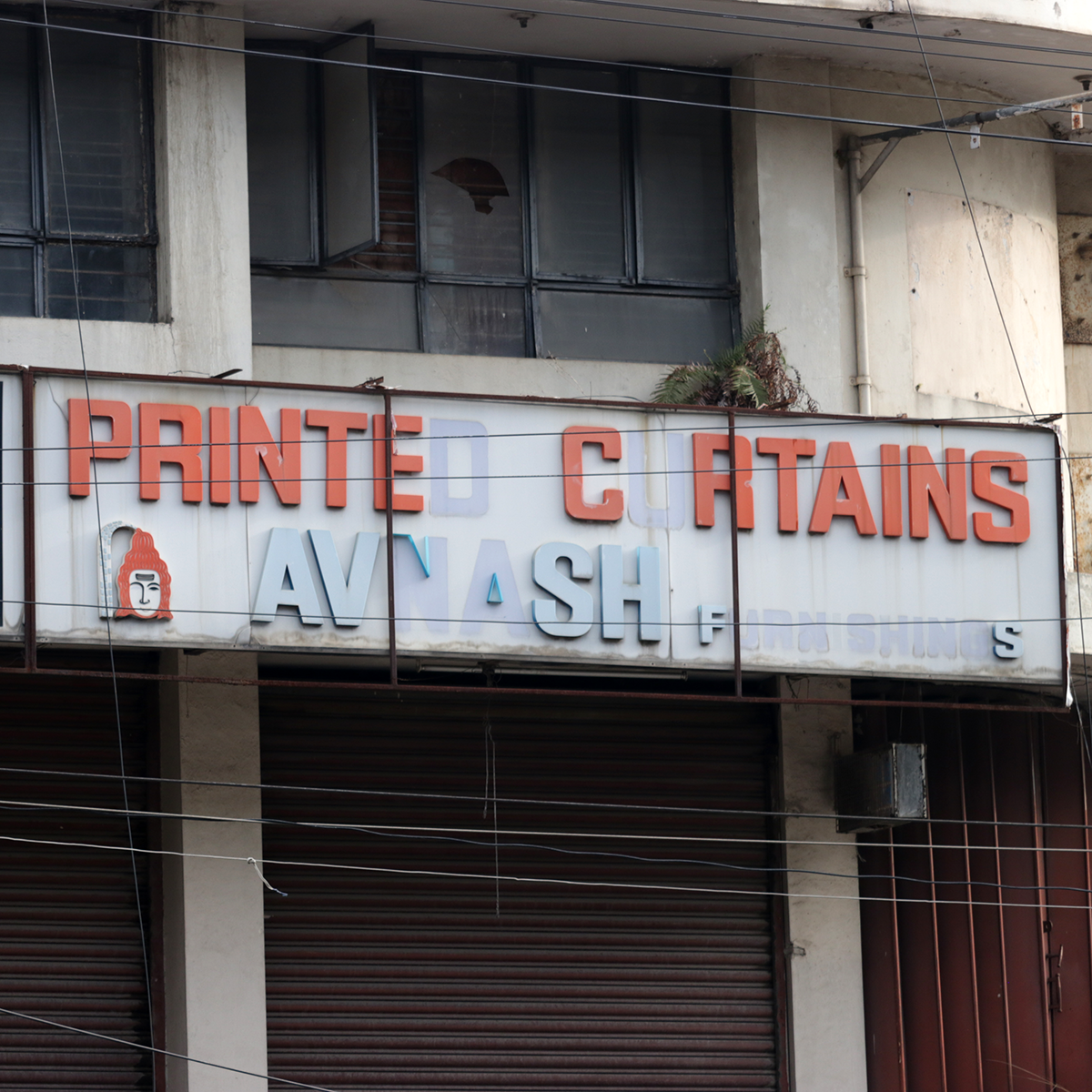




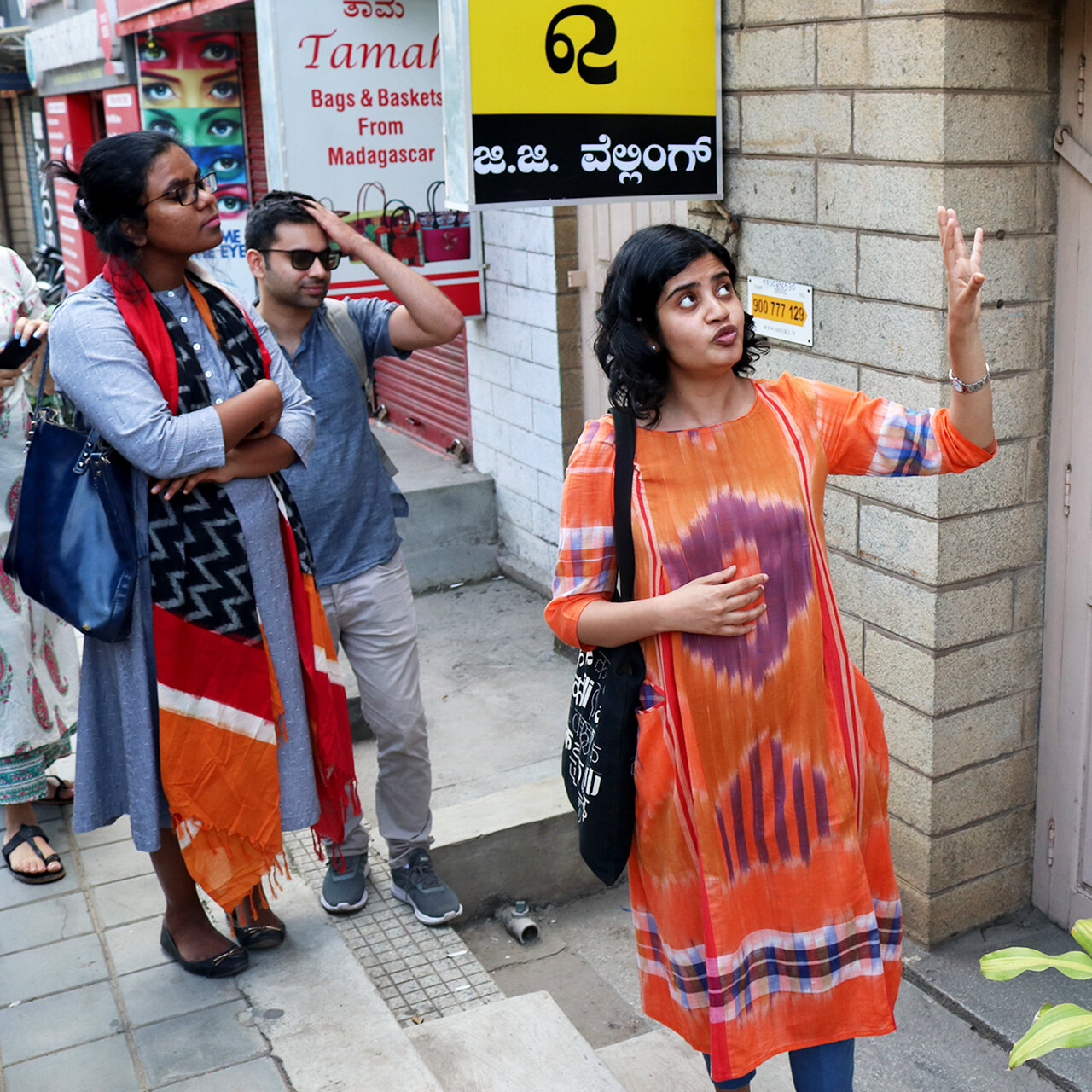

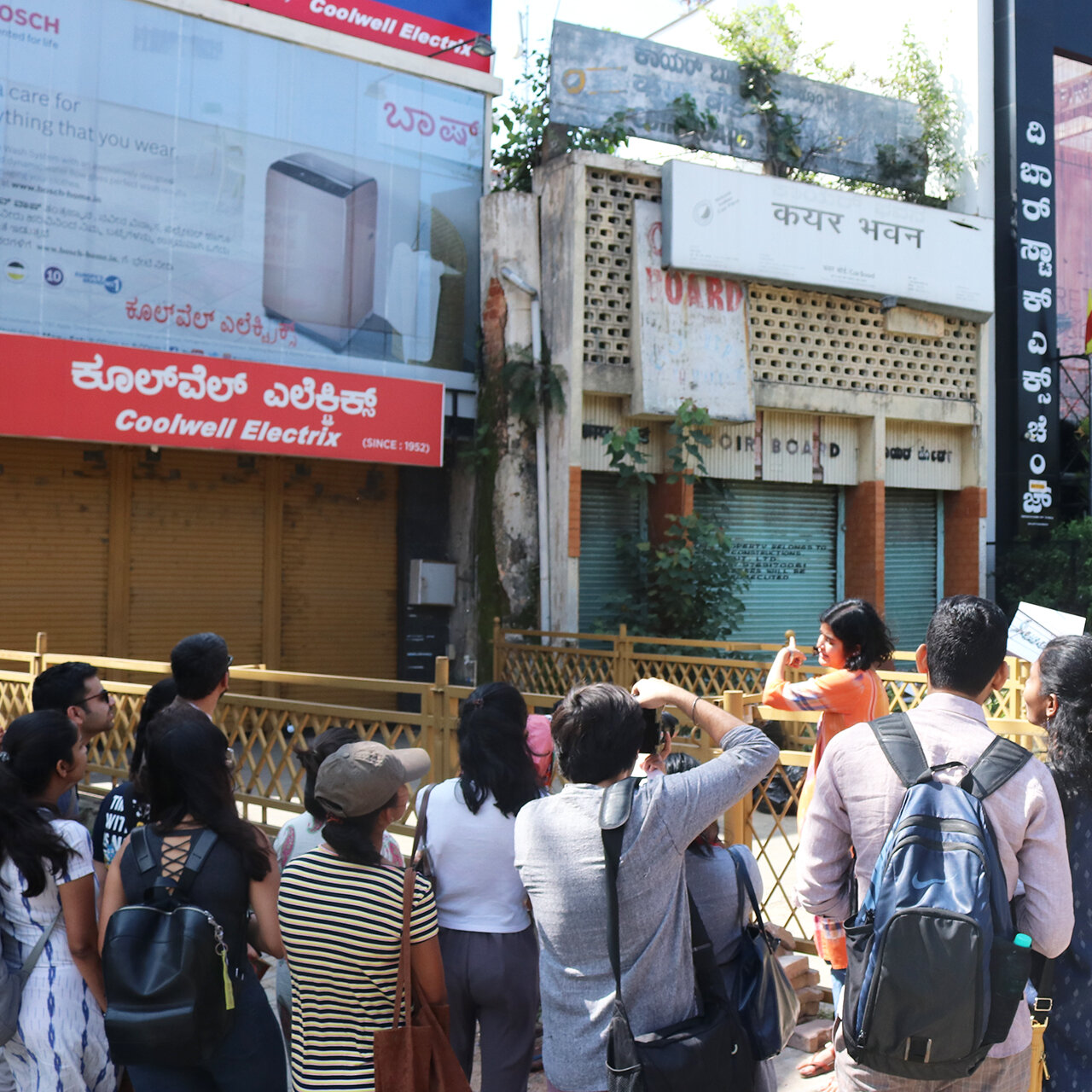


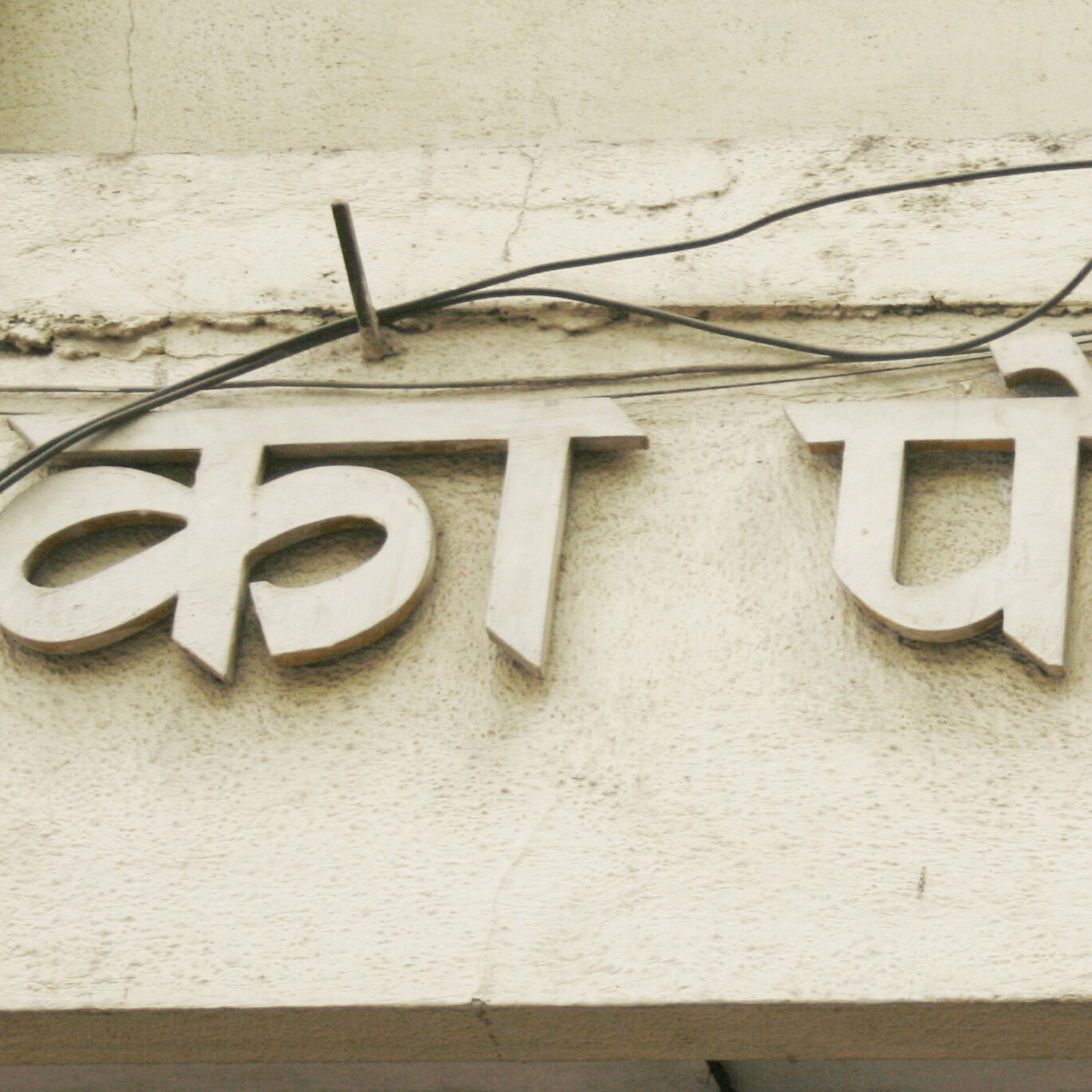

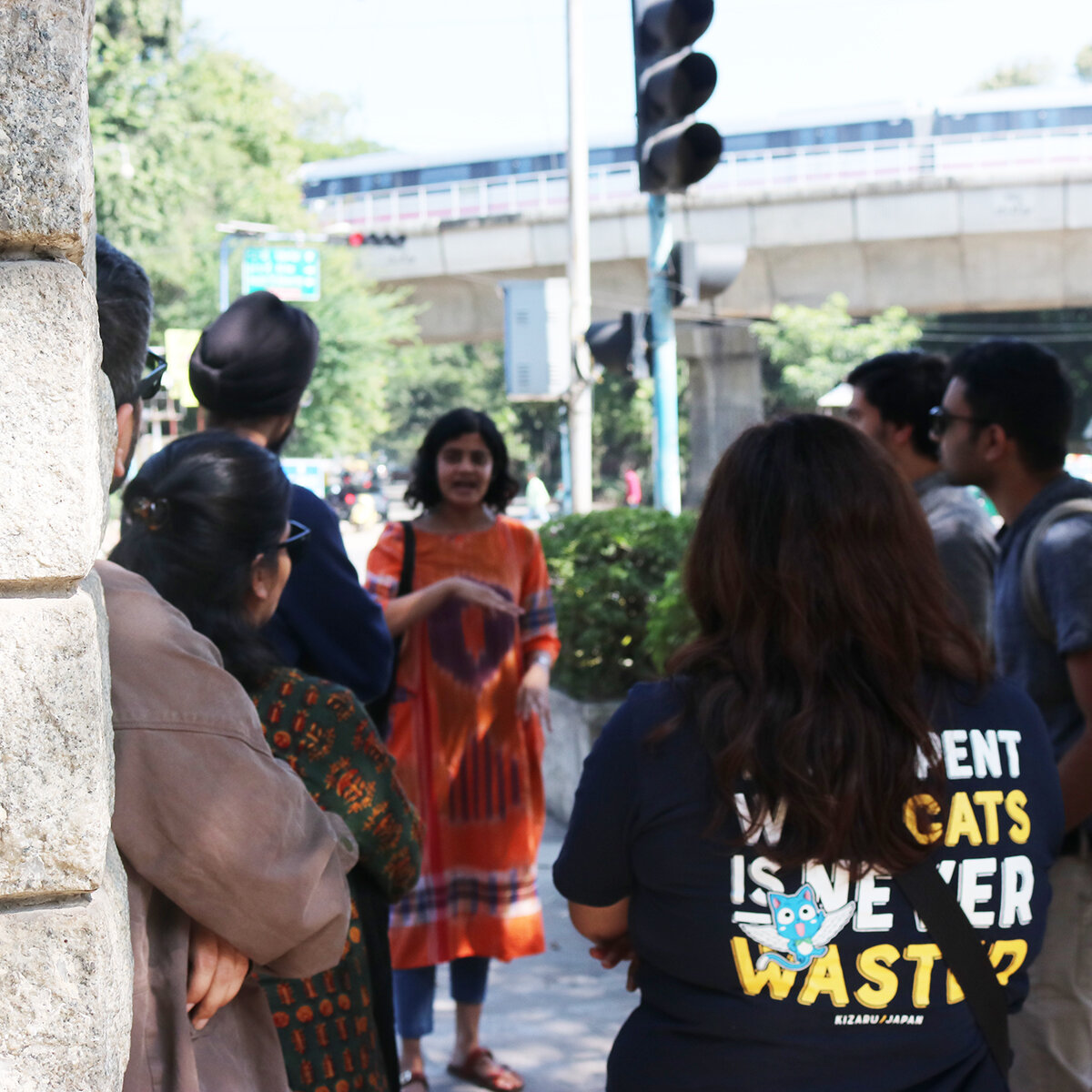
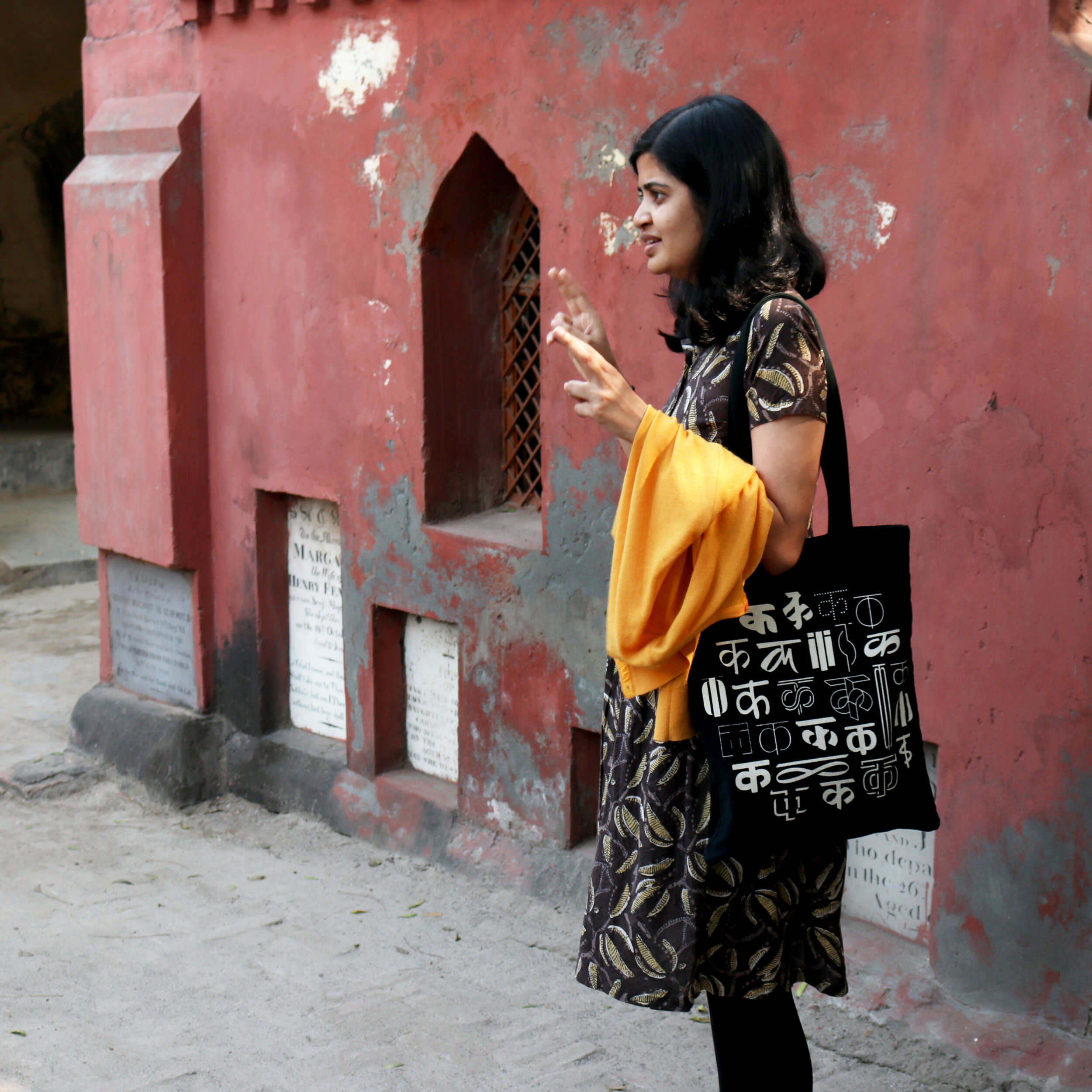
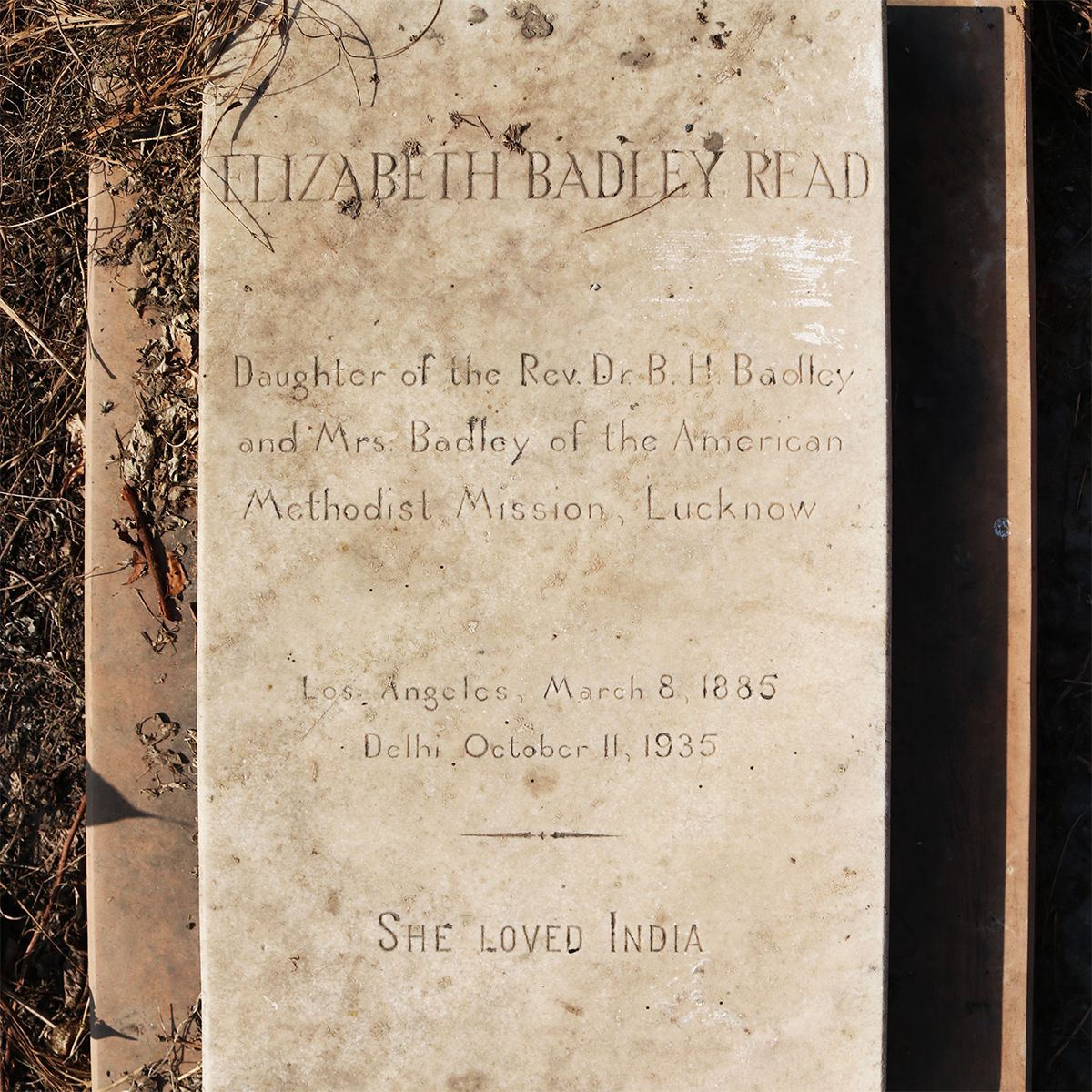
![2018-12-09_NCTW-Group-02 [SMALL].jpg](https://images.squarespace-cdn.com/content/v1/57fb3c42f7e0abb4ae041d38/1601104911229-MRPJF0HREDPH1ZT441C6/2018-12-09_NCTW-Group-02+%5BSMALL%5D.jpg)


